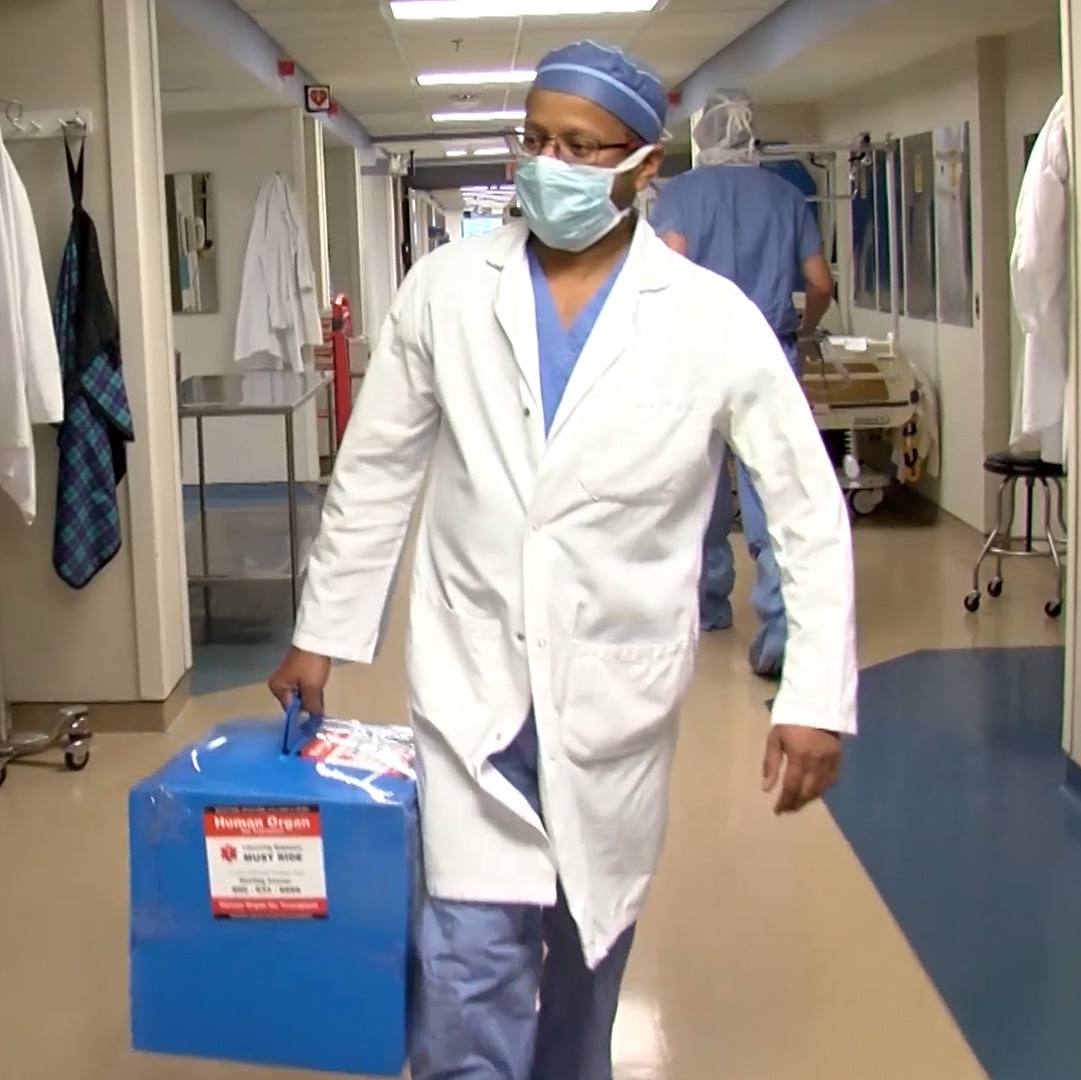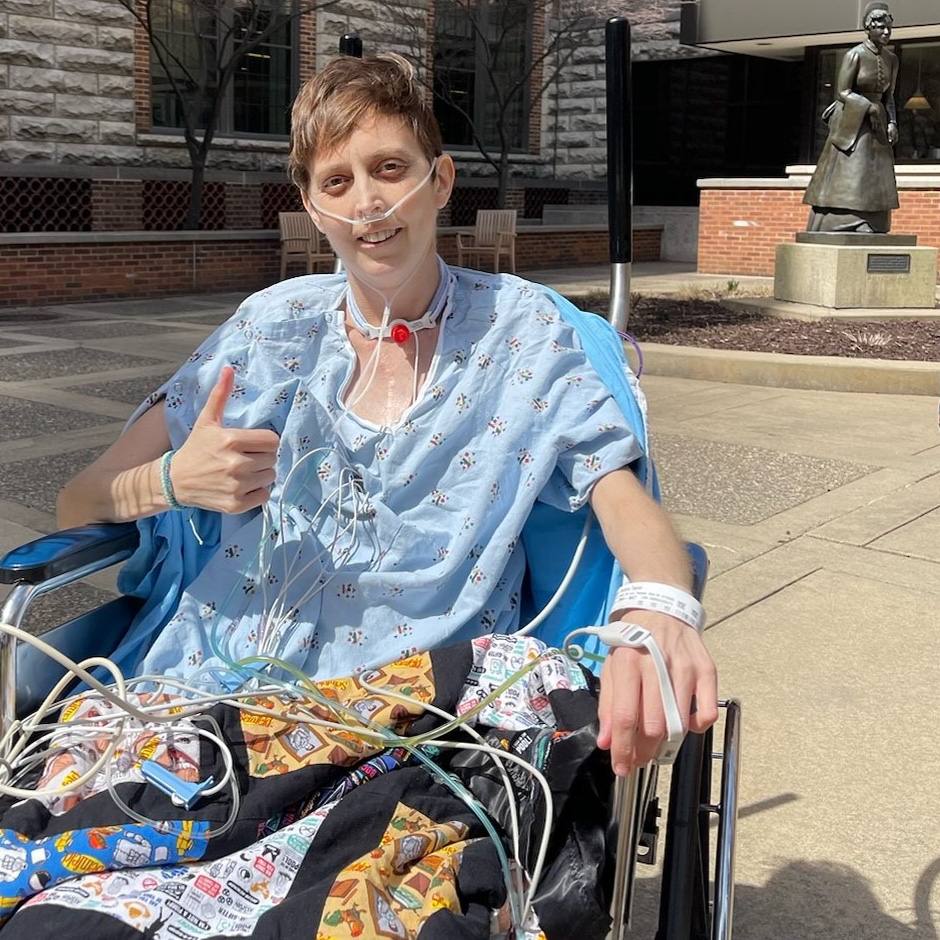
November is National Diabetes Month, a time to assess your risk for diabetes and your options if you're diagnosed with the illness.
A diabetes diagnosis means the body cannot regulate blood sugar due to inadequate insulin production from the pancreas — a long, flat gland that sits behind the stomach in the upper abdomen. The results for a patient with diabetes can be vision loss, and nerve and damage to other organs, unless blood sugar is controlled using medication or the patient undergoes a pancreas transplant.
"A pancreas transplant is the only cure for diabetes. It does not control diabetes. It cures diabetes," says Dr. Tambi Jarmi, a transplantation medicine physician at Mayo Clinic. "I find myself having a hard time convincing a diabetic patient after they receive the pancreas transplant that they are cured ― they're not diabetic. They don't believe it."
Watch: Dr. Jarmi shares the impact pancreas transplantation has on patients who are diabetic.
Journalists: Broadcast-quality video sound bites with Dr. Jarmi are in the downloads at the end of this post. Please courtesy: "Tambi Jarmi, M.D. / Transplant / Mayo Clinic"
Pancreas transplants are sourced from a deceased donor, and the organ to be transplanted must match the blood type of the recipient. Patients are not matched based on gender or race. With the replaced function of the pancreas and natural ability to produce insulin, Dr. Jarmi says patients no longer are diabetic.
"I believe every diabetic patient deserves a chance to be evaluated for a pancreas transplant early on in their disease," says Dr. Jarmi. "I want the message to be clear that not every diabetic patient needs a pancreas transplant, but we have to evaluate these patients, give them the information and monitor their disease progress."
He recommends patients who are diabetic contact a transplant center to learn more about pancreas transplants, take the information and discuss it with their primary care provider.
Patients who are diabetic often develop diseases in other organs, such as in their kidneys, Dr. Jarmi says. These complications can result in patients seeking transplants for those organs or a combination of organs. He says these transplants may have been prevented if the core issue ― diabetes ― was resolved using a pancreas transplant.
"It may be very simple to me or to anyone without diabetes that we go and eat ice cream. We don't think about it twice, but diabetic patients do think about it," says Dr. Jarmi. "After a pancreas transplant, that is a huge achievement that they can do that now. They can eat. They can think. They can do whatever they want without the burden of diabetes."
Dr. Jarmi says that unlike other procedures in the U.S. where there are not enough organs to be transplanted, with pancreas transplants, there is a patient shortage. Government statistics show approximately 1,000 pancreas transplants are performed annually. He suspects this lack of patients is the result of a lack of access to medical resources and awareness of transplant benefits.
___________________________________
For the safety of its patients, staff and visitors, Mayo Clinic has strict masking policies in place. Anyone shown without a mask was recorded prior to COVID-19 or recorded in an area not designated for patient care, where social distancing and other safety protocols were followed.
Related Articles







